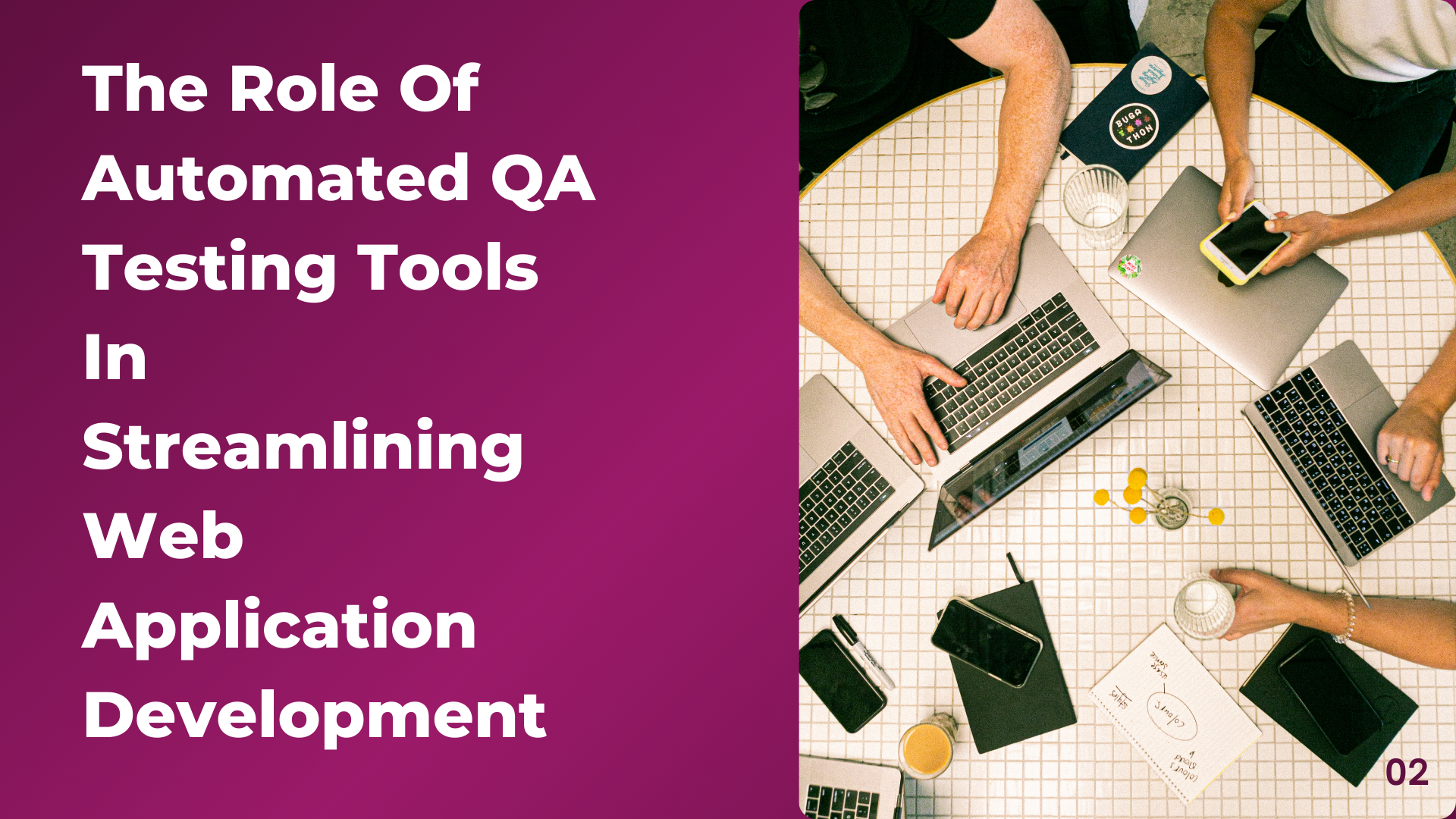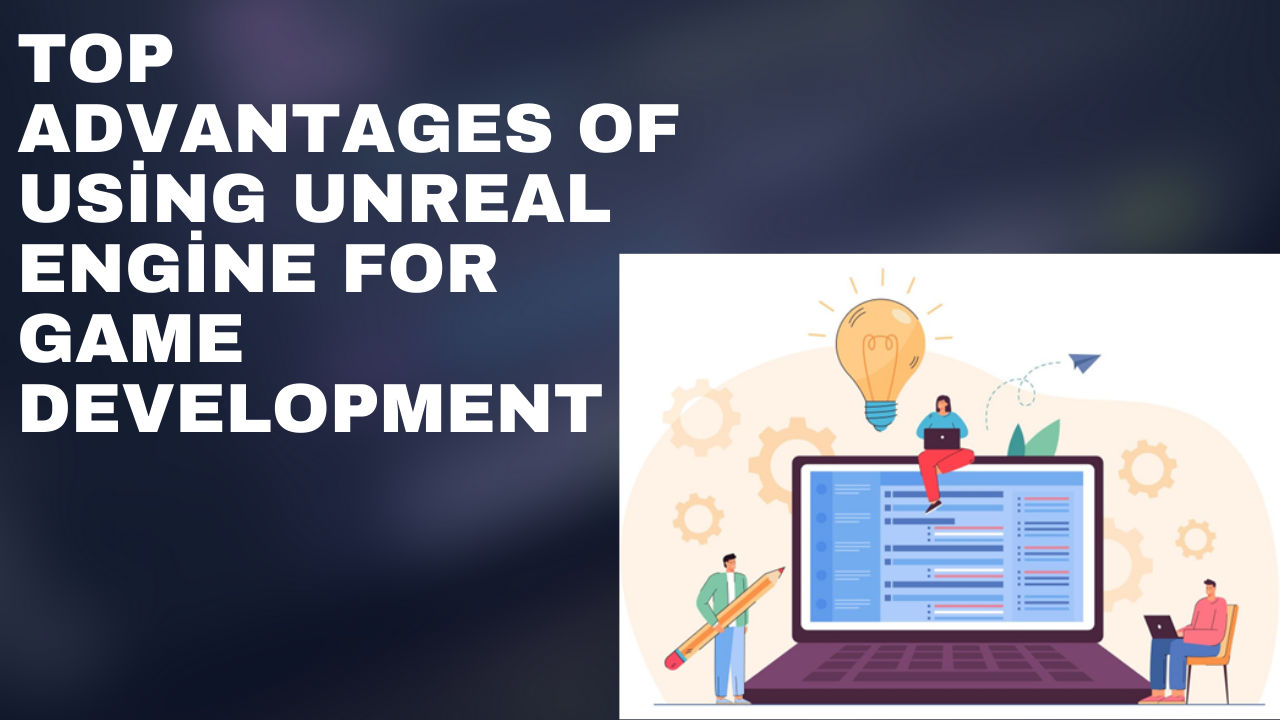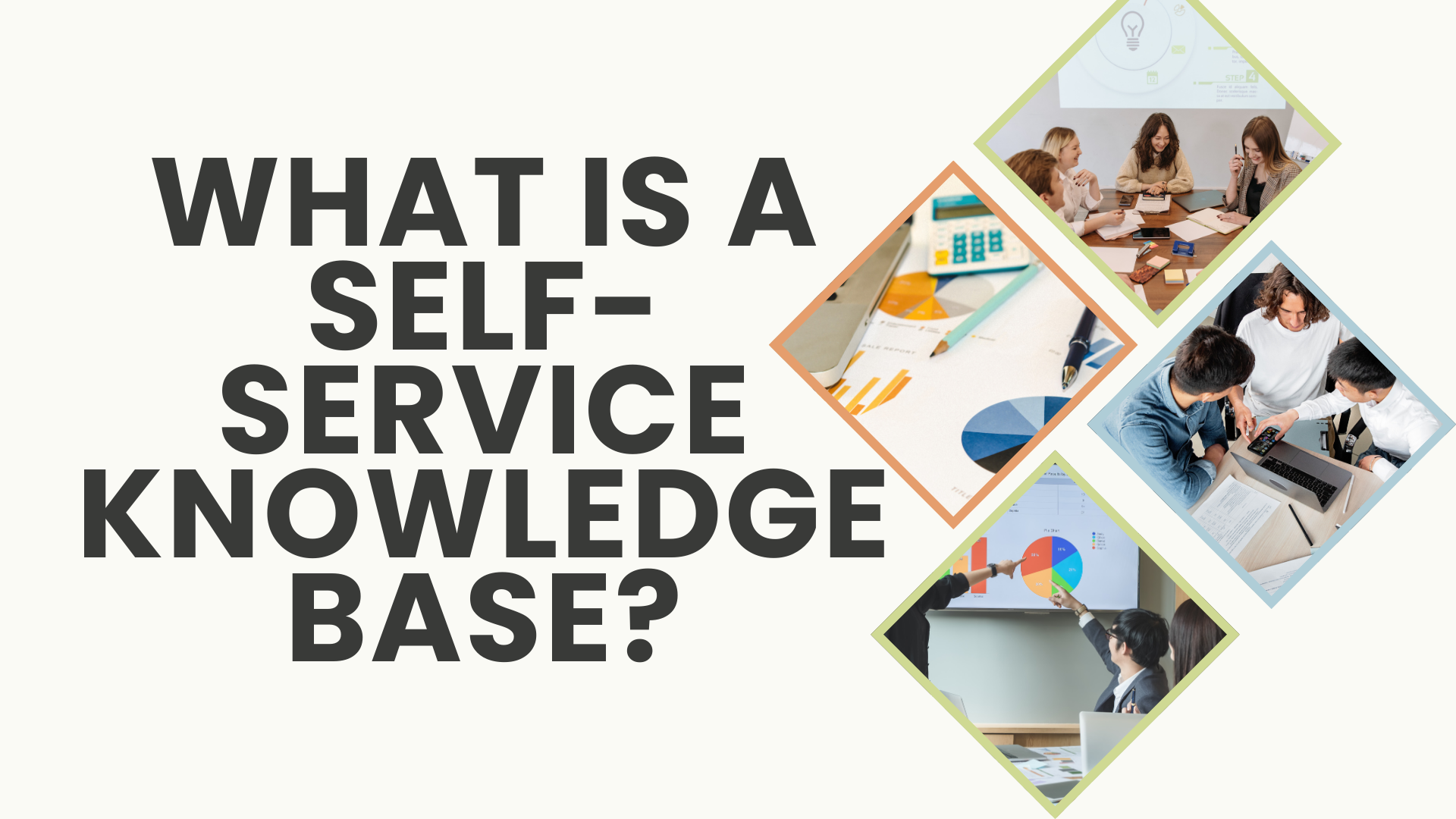Introduction
In today’s digital-first world, marketing success is about making the right connections with the right people at the right time. AI-driven marketing automation has transformed the way businesses engage with customers, providing insights and capabilities that streamline campaigns, enhance personalization, and ultimately boost ROI. This guide explores how AI can supercharge your marketing automation efforts, offering step-by-step strategies for better performance and higher returns.
1. Understanding AI and Marketing Automation
What is Marketing Automation?
Marketing automation is the use of software and technology to streamline repetitive marketing tasks, such as email campaigns, social media posts, and ad management. The goal is to improve efficiency, deliver better-targeted messages, and create a cohesive customer experience across channels.
The Role of AI in Marketing Automation
AI, with its machine learning capabilities and data-driven insights, enhances marketing automation by analyzing vast amounts of data to recognize patterns, make predictions, and optimize processes. AI-powered tools can understand customer behaviors, preferences, and trends, enabling businesses to make smarter, faster decisions that enhance engagement and drive ROI.
2. Benefits of AI in Marketing Automation
AI-driven marketing automation provides numerous advantages:
Increased Efficiency: Automates repetitive tasks, saving time and reducing costs.
Improved Personalization: Analyzes customer data to deliver highly personalized experiences.
Data-Driven Decisions: AI offers actionable insights, helping marketers optimize campaigns in real-time.
Predictive Insights: Anticipates customer needs and behaviors, allowing for proactive engagement.
Enhanced Customer Segmentation: Breaks down audiences into precise segments for targeted marketing.
Higher Conversion Rates: Delivers content when and where customers are most receptive.
3. How to Implement AI in Marketing Automation for Better ROI
Step 1: Data Collection and Customer Segmentation
AI algorithms can process vast datasets, analyzing user interactions, demographics, purchase history, and engagement patterns. This allows businesses to create finely-tuned customer segments, ensuring that messages are targeted to the right people.
Step 2: Personalized Campaigns and Content Recommendations
AI makes it easier to personalize content based on individual preferences. Using machine learning, it recommends content, products, and offers that are relevant to each customer. This dynamic personalization boosts engagement and helps drive conversions.
Step 3: Predictive Analytics for Customer Behavior
Predictive analytics, powered by AI, forecasts future behaviors by analyzing past interactions. This enables businesses to anticipate customer needs, proactively send offers, and reduce churn. Predictive insights also help in optimizing the timing of campaigns.
Step 4: Optimizing Ad Spend
AI can automatically analyze ad performance across channels, shifting budgets towards the best-performing campaigns. This ensures that resources are allocated efficiently, maximizing the reach and effectiveness of each campaign.
Step 5: Enhancing Lead Scoring and Nurturing
AI-driven lead scoring analyzes data to rank prospects based on their likelihood to convert. By prioritizing high-quality leads, marketers can focus resources on prospects with the most potential, improving the chances of closing sales and boosting ROI.
4. Top AI Tools for Marketing Automation
Here are some AI tools that can help optimize your marketing automation strategy:
HubSpot: Provides AI-powered CRM and marketing tools.
Marketo Engage: Offers predictive analytics, personalization, and lead scoring.
Salesforce Einstein: Delivers AI insights, customer segmentation, and automation for engagement.
AdRoll: Uses machine learning to optimize ad campaigns.
Phrasee: AI for copywriting and email subject lines that maximize engagement.
Persado: Creates personalized messaging for higher conversions.
These tools help streamline workflows and improve the accuracy and effectiveness of campaigns.
5. Examples of AI in Marketing Automation
Personalized Email Campaigns: AI algorithms create hyper-personalized email content, increasing open and click-through rates.
Dynamic Content on Websites: AI tailors website content to match individual user profiles, boosting engagement.
Automated Social Media Ads: AI dynamically adjusts ad placements and budgets based on real-time performance data.
Churn Prediction and Retention: AI flags high-risk customers, allowing companies to implement retention strategies before they churn.
6. Measuring ROI and KPIs
To determine the effectiveness of AI-powered marketing automation, monitor these KPIs:
Customer Lifetime Value (CLTV): Indicates how much revenue a customer generates over their lifetime.
Conversion Rates: Measures the percentage of leads that convert to customers.
Engagement Rates: Includes email open rates, click-through rates, and social media interactions.
Cost per Acquisition (CPA): Reflects the average cost to acquire a new customer.
Return on Ad Spend (ROAS): Determines the revenue generated from each dollar spent on ads.
Tracking these metrics helps businesses refine their strategies and improve ROI.
7. Challenges and Considerations
While AI offers tremendous potential, implementing it effectively comes with challenges:
Data Privacy: Ensure compliance with regulations like GDPR to protect customer data.
Initial Investment: AI solutions can be costly initially, but offer substantial long-term ROI.
Complexity of AI Tools: Proper training and a skilled team are essential for successful implementation.
Keeping Up with Rapid Changes: The AI landscape evolves quickly, requiring businesses to stay updated on the latest tools and techniques.
8. Future Trends in AI Marketing Automation
Voice Search Optimization: As voice search grows, marketers will need to optimize content accordingly.
Increased Use of Chatbots: AI chatbots will become more prevalent, offering 24/7 customer service and engagement.
Advanced Predictive Analytics: Predictive analytics will become even more precise, enabling marketers to deliver highly targeted content.
AI-Driven Creative Content: AI will be able to assist in generating engaging, relevant content on-demand, helping businesses stay connected with their audience.
Conclusion
Using AI in marketing automation is no longer just a competitive advantage—it’s a necessity for businesses seeking sustainable growth and improved ROI. By implementing AI-driven strategies, companies can enhance customer experience, streamline operations, and make data-driven decisions that positively impact the bottom line. Start small, choose the right tools, and focus on the areas that will yield the highest returns. With AI, your marketing efforts can achieve unprecedented levels of success, creating lasting customer relationships and driving revenue growth.

















Post Comments